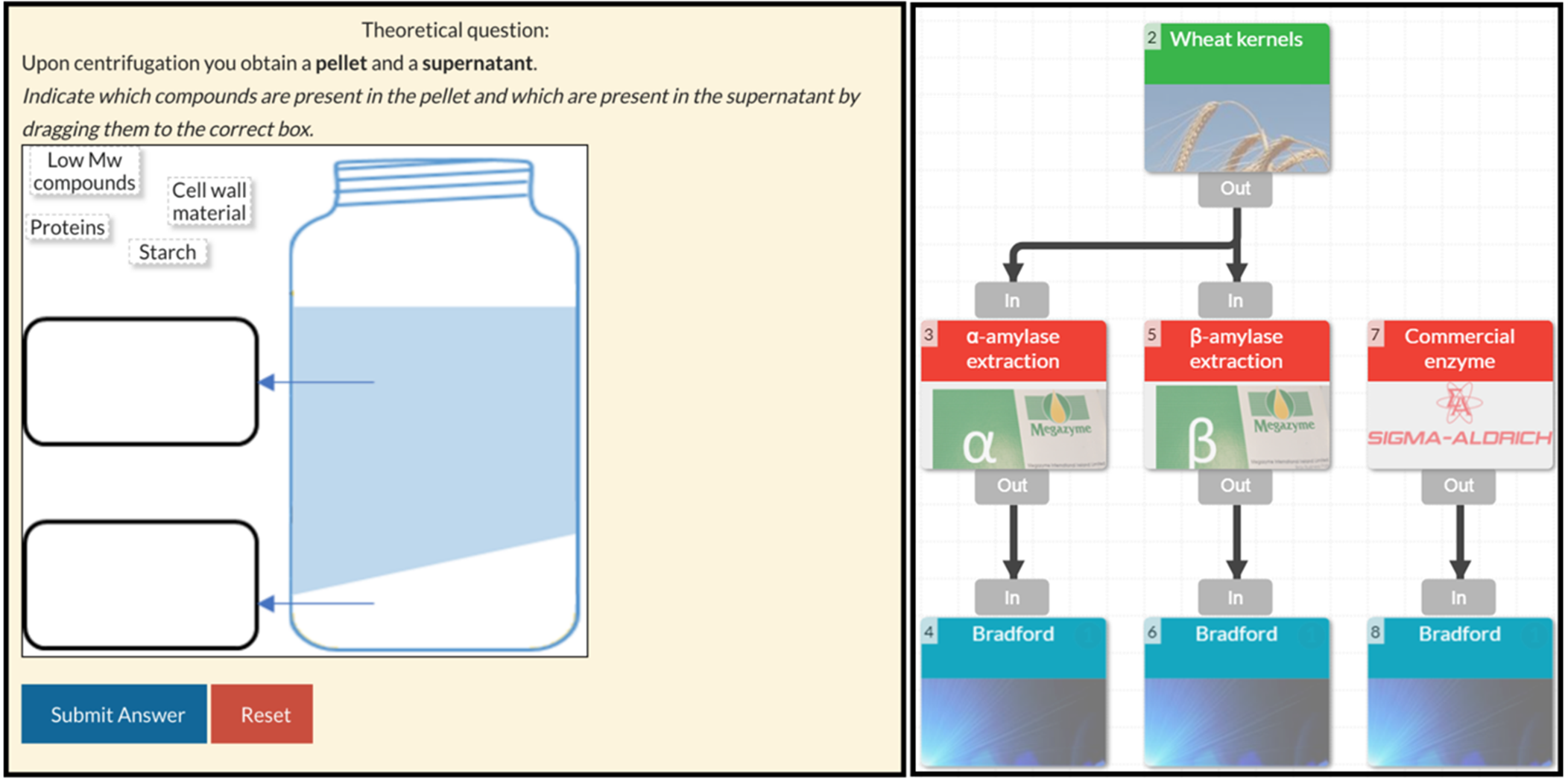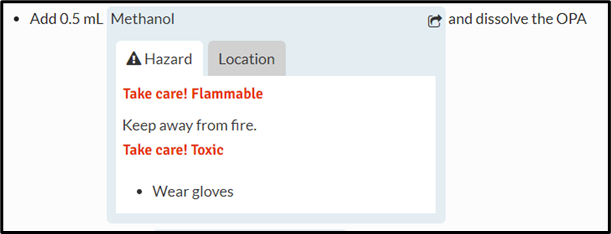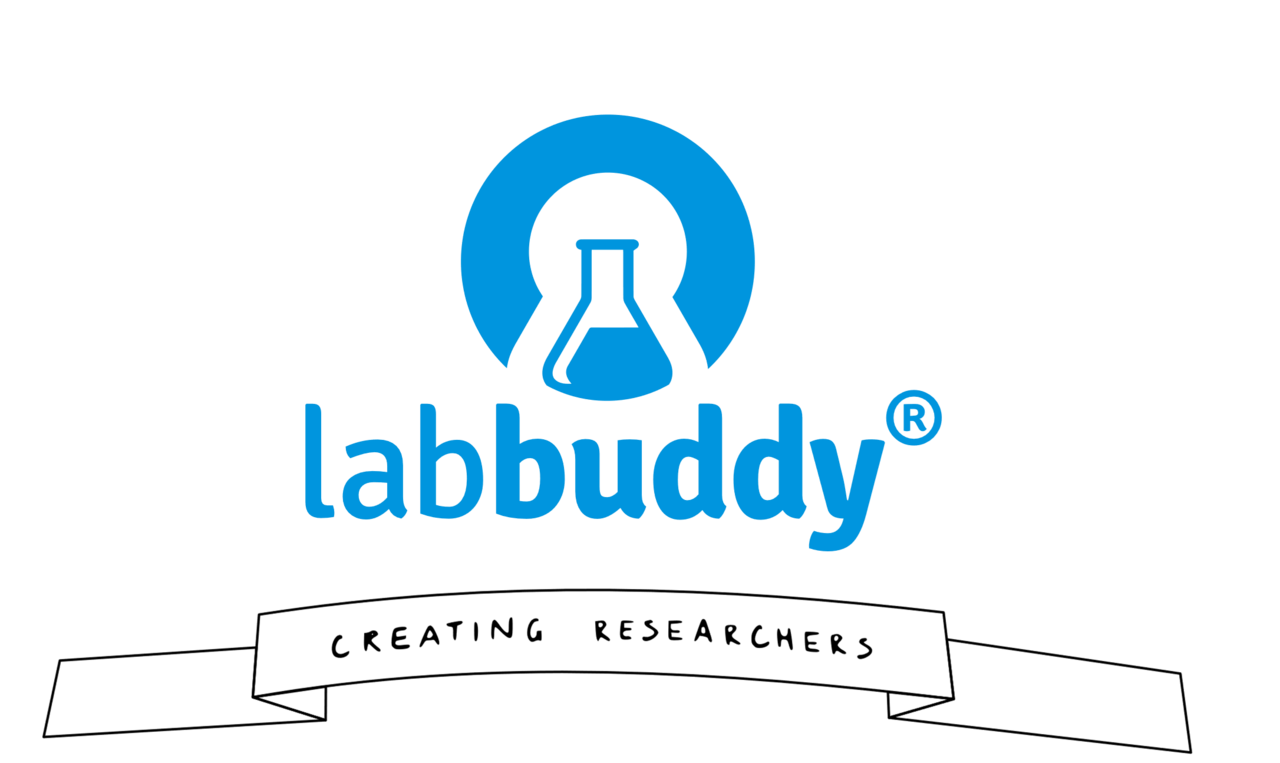A typical example from a teacher's lab class
Imagine you are supervising a laboratory class, and one of your students is about to make a mistake by discarding the supernatant containing the desired component instead of the pellet. Despite your exhaustive efforts to make the protocol as straightforward as possible, there are always students who do not seem to think while executing a protocol. You wonder: how to combat this phenomenon?
The effect of cognitive overload on meaningful learning
During laboratory education, students’ cognitive abilities are challenged since they have to process a lot of information simultaneously. Research has shown that poorly prepared students have a much higher chance of getting a cognitive overload. When students experience cognitive overload, they are primarily focused on completing the laboratory work as soon as possible rather than actively thinking about the impact of their actions. This results in very little meaningful learning. At the same time, teachers are working hard to ensure that all students can complete the lab work safely and in time. Therefore, poor student preparation results in very little meaningful learning and a high teacher workload.
Where lab education meets LabBuddy
LabBuddy is an e-learning solution to supplement traditional laboratory education by creating a form of blended learning. Since 2013 LabBuddy has successfully been implemented in lab education at universities all over Europe. Click here for more information on LabBuddy’s e-learning solution, or have a look at our 2-min explanation movie:
LabBuddy helps students prepare before the start of the laboratory work, supports them while working in the laboratory, and guides them during the processing of their results after the laboratory work. As a result, i) students enter the lab well-prepared, ii) students can independently do their lab work, and iii) teachers spend less time answering low-level questions, so they have time to engage in scientific discussions with students.
In terms of preparation, LabBuddy provides students with:
- Interactive questions to help them understand the theoretical background of the experiments (e.g. Figure 1, left side)
- An experiment designer in which students can design their own flow scheme of the experiment that they will execute in the laboratory (e.g. Figure 1, right side)
- Tailored feedback on the flow scheme design and on answers to the interactive questions

During the laboratory work, LabBuddy supports students by means of:
- A web lab manual, enriched with just-in-time information on:
- The order of all the experiment steps
- The appearance of tools and materials
- The location of tools and materials
- Potential hazards (e.g. Figure 2)
- Video instructions on how to use equipment
- A booking tool, in which students book timeslots for the use of equipment
- A lab journal functionality
After the laboratory work, LabBuddy helps students to process raw data into results.

LabBuddy – backed by the science of education
LabBuddy’s e-learning solution has been designed and is continuously improved based on scientific literature (Van der Kolk, 2013; Verstege, 2021). We use educational theories such as the 4C/ID model (Van Merriënboer, 2018), multimedia learning (Mayer, 2009), cognitive load theory (Sweller, 1994), constructive alignment (Biggs & Tang, 2011), and the ARCS model (Keller, 1993). Our scientists and developers continue to improve LabBuddy’s e-learning solution using the newest insights in educational sciences and follow the latest developments in EdTech.
Click here for more information on LabBuddy’s scientific background.
Curious why your colleagues are already using LabBuddy?
We would love to inspire you as well! Are you interested to find out what LabBuddy has to offer for your laboratory classes? Have a look at our website, or send us an email.
 The LabBuddy team
The LabBuddy team






Join the FEBS Network today
Joining the FEBS Network’s molecular life sciences community enables you to access special content on the site, present your profile, 'follow' contributors, 'comment' on and 'like' content, post your own content, and set up a tailored email digest for updates.